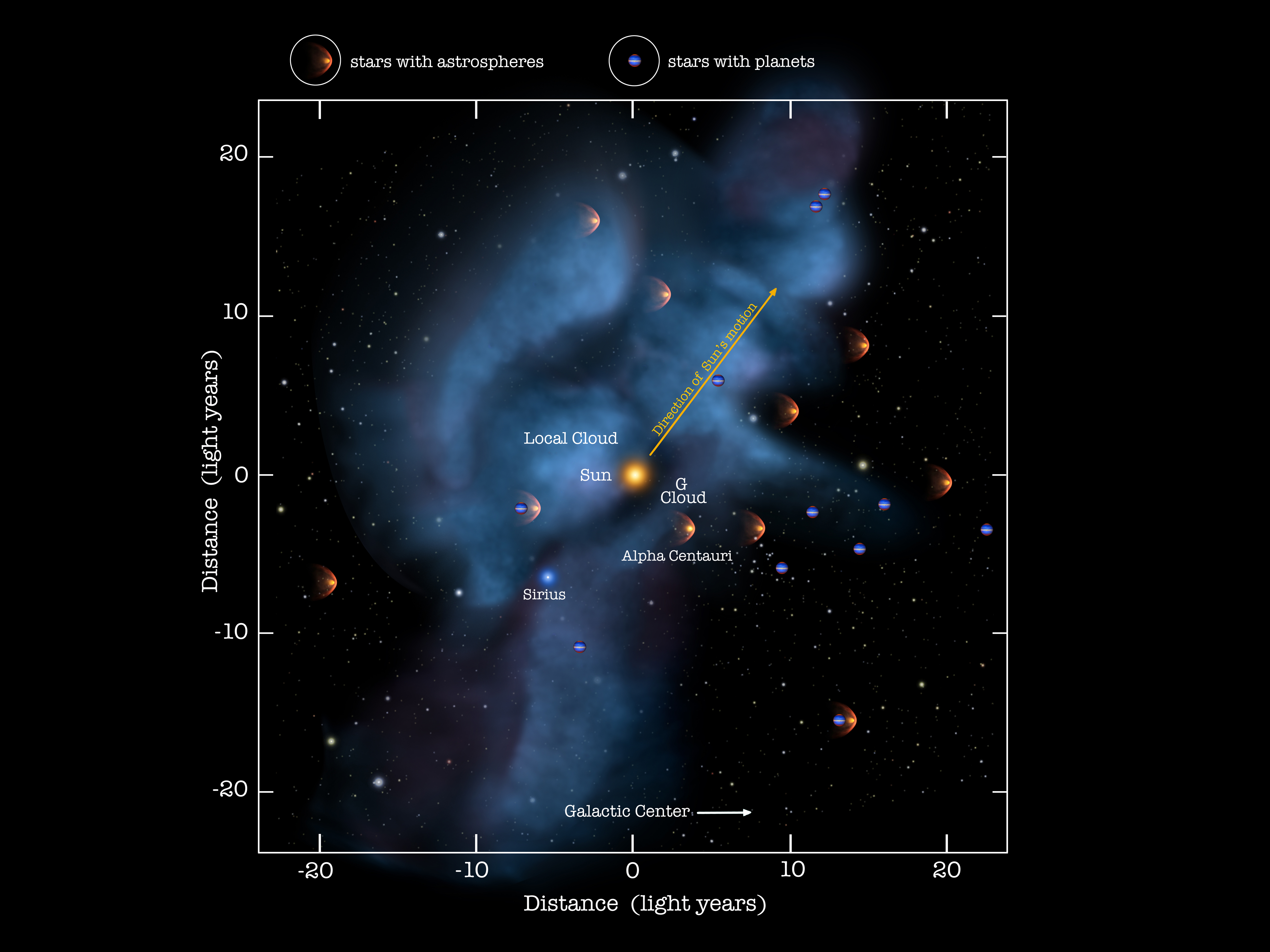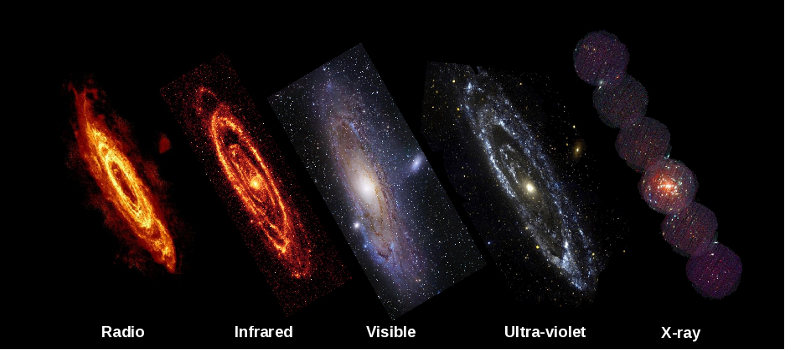Section 2.3: Do other stars have planets?
Exoplanets
400 years ago the invention of the telescope allowed for two more planets to be discovered. These were Uranus and Neptune, both too faint to be seen with the unaided eye.
In 1995, the very first planet was discovered orbiting another star other than the Sun – an exoplanet. Since then dedicated searches, such as the Wide Angle Search for Planets and the Kepler Space Telescope, have focused on looking for the characteristic dip in star light caused by a planet moving in front of its parent star as it orbits around it. By mid 2013, 732 exoplanets had been discovered. By mid 2014, the confirmed exoplanet discovery count had reached 1516.
Here's a brief cartoon explaining how exoplanets are found.

This image above displays the most immediate environment around the Sun, our cosmic neighborhood. The locations of known exoplanets are indicated, while we anticipate that many more are present and just awaiting discovery. (Credit: NASA/Goddard/Adler/U. Chicago/Wesleyan)
Heliospheres or astrospheres provide protective shielding from dangerous Galactic Cosmic Rays. These structures are important for the planets that orbit the respective stars. Only over the last 15 years, have we been able to detect the first astrospheres and planets around other stars (exoplanets).
ACTIVITY: For an up-to-date list of confirmed exoplanets and to explore their various characteristics (such as their orbital period distribution, size distribution, etc), visit the website exoplanets.org
ACTIVITY: Help find new exoplanets using the Zooniverse project Planet Hunters

